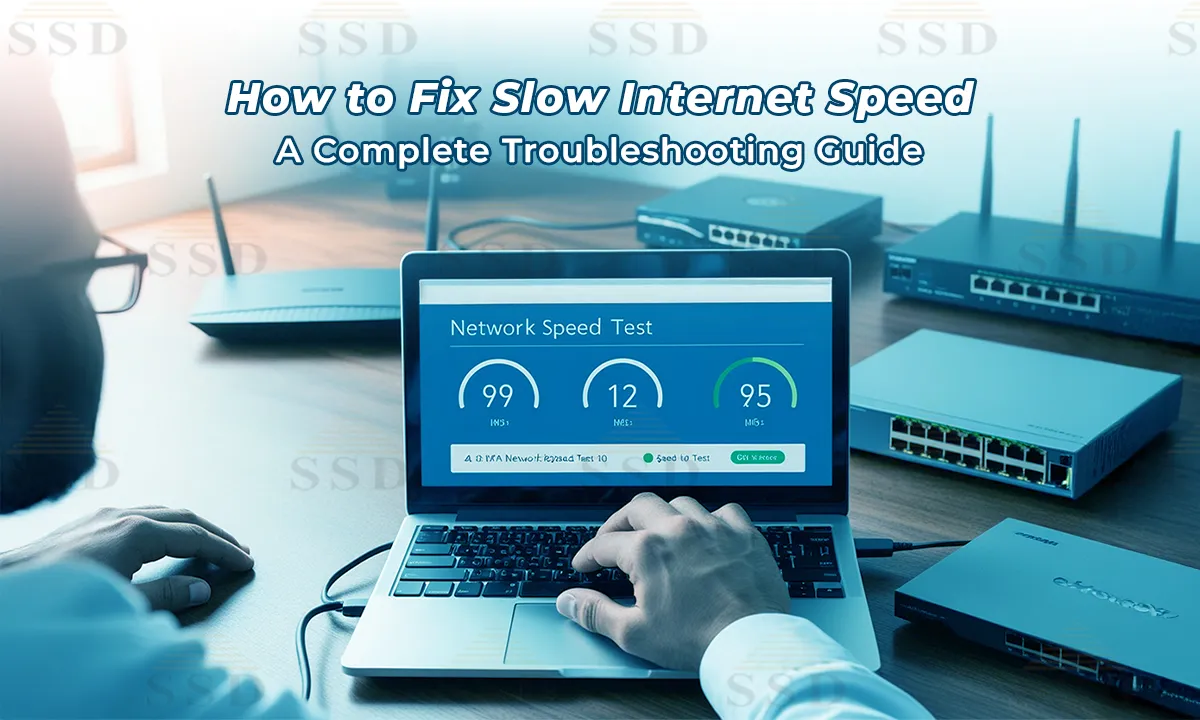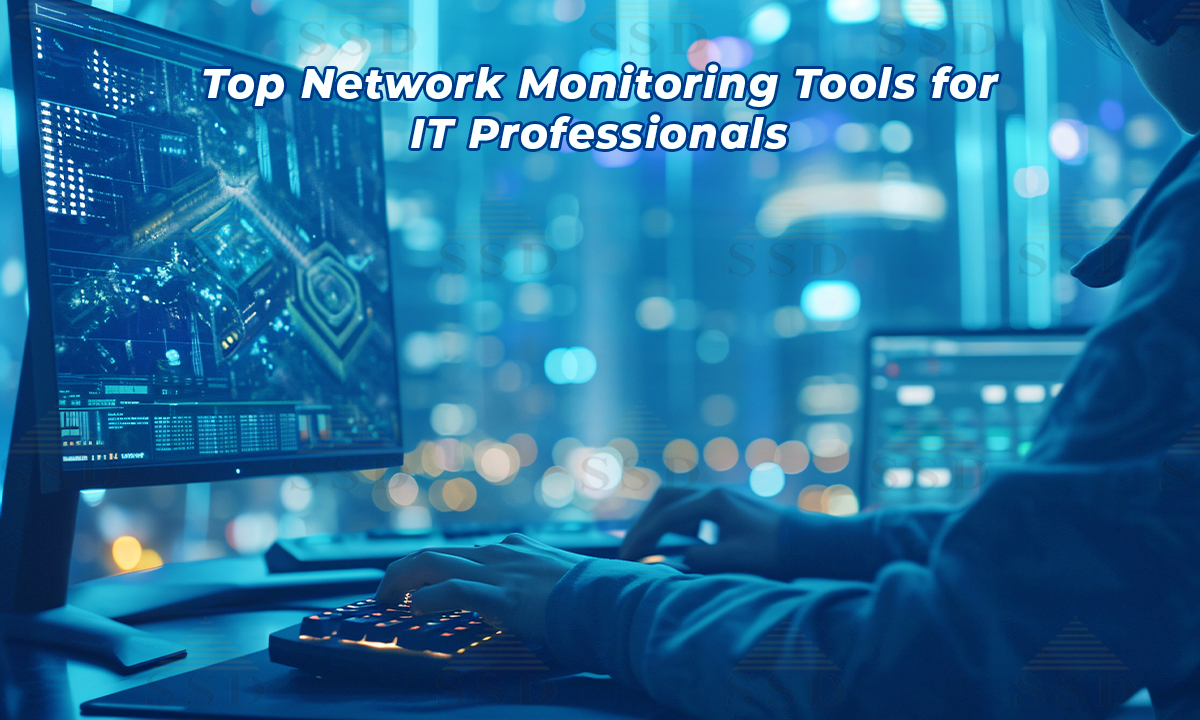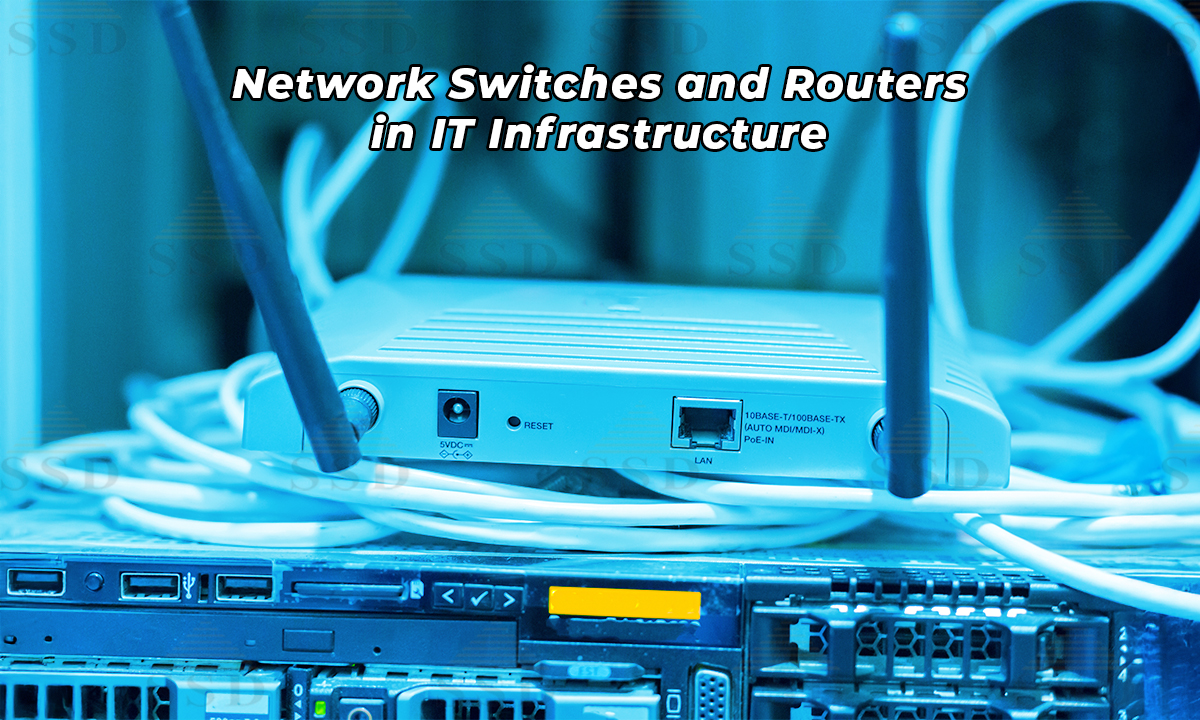In the modern world, networking is at the core of business operations. From ensuring smooth communication between employees to maintaining seamless access to the internet, your network infrastructure must be efficient, secure, and scalable. However, despite its importance, many businesses make networking mistakes that can lead to slow speeds, data loss, security vulnerabilities, or even network outages. By understanding and addressing these common pitfalls, you can ensure your network runs smoothly and securely.
1. Not Properly Securing the Network
One of the biggest mistakes businesses make is neglecting network security. With the rise of cyber threats such as data breaches, ransomware, and hacking, it is critical to implement strong security protocols to protect your network.
Implement Robust Security Measures
- Use Firewalls: Ensure your network is protected by a firewall that controls incoming and outgoing traffic.
- Encryption: Encrypt sensitive data to ensure it remains secure even if intercepted.
- Strong Passwords and Multi-Factor Authentication (MFA): Encourage the use of strong passwords and implement MFA to add an extra layer of security.
- Regular Updates and Patches: Keep your software, hardware, and firmware up-to-date to prevent security vulnerabilities.
Additional Tip: Conduct periodic security audits to identify weak points in your network and address them proactively.
By prioritizing network security, you can avoid unauthorized access and ensure the integrity of your data.
2. Failing to Plan for Network Scalability
A network that works well for a small business might not be adequate as the company grows. Many businesses neglect to plan for scalability, which can lead to performance bottlenecks as more devices and users connect to the network.
Plan for Future Growth
- Bandwidth Considerations: Assess current and future bandwidth needs. Investing in higher-capacity routers and switches ensures that your network can handle increased traffic without slowing down.
- Modular Devices: Choose modular equipment that allows you to easily scale up by adding more components as your business grows.
- Cloud Solutions: Leverage cloud-based services for storage and computing to alleviate pressure on your physical infrastructure.
Additional Tip: Monitor network performance regularly to identify potential slowdowns and make necessary upgrades before issues arise.
A scalable network ensures that your business can expand smoothly without major disruptions.
3. Poor Cable Management
One of the most overlooked issues in networking setups is poor cable management. Tangled or disorganized cables can not only create physical hazards but also lead to poor network performance due to faulty connections or interference.
Organize and Maintain Your Cables
- Label Cables: Label all network cables to help with identification in case you need to troubleshoot or make adjustments.
- Use Cable Ties: Keep cables organized with zip ties, Velcro straps, or cable management racks to avoid tangling.
- Keep Power Cables Separate: Ensure that power cables and network cables are kept apart to reduce electromagnetic interference that could disrupt your connection.
Additional Tip: Invest in structured cabling solutions for better organization and future scalability.
Good cable management improves the longevity and performance of your network, making it easier to troubleshoot and maintain.
4. Overlooking Network Redundancy
Another common mistake is not building redundancy into your network design. If a single component such as a router, switch, or link fails, it can lead to network downtime. This is especially dangerous for critical operations, such as online businesses or financial services, where even a short outage can have significant consequences.
Implement Network Redundancy
- Redundant Hardware: Use redundant routers, switches, and other hardware to ensure your network remains operational if one device fails.
- Multiple Connections: Establish multiple internet connections from different providers to prevent downtime in case one connection goes down.
- Load Balancing: Implement load balancing to distribute network traffic evenly across multiple servers and ensure optimal performance during peak traffic times.
Additional Tip: Conduct disaster recovery drills to test your backup and redundancy systems, ensuring they work when needed.
Building redundancy into your network can significantly improve uptime and reduce the risk of disruptions.
5. Misconfigured Network Devices
Misconfigurations, whether in routers, switches, or firewalls, are a common mistake that can lead to security vulnerabilities or poor network performance. Incorrect IP addressing, faulty routing rules, or improper firewall settings can prevent devices from communicating effectively or expose your network to security risks.
Double-Check Configurations
- Review Network Settings: Regularly review your device settings, such as IP addressing, subnetting, and VLAN configurations, to ensure they align with your network needs.
- Automated Tools: Use network configuration management tools to help detect misconfigurations and automatically correct errors.
- Documentation: Document your network settings and configurations so that any changes can be tracked and reversed if necessary.
Additional Tip: Train your IT staff on best practices for network configuration to minimize the risk of human errors.
By being meticulous about configuration, you can avoid network issues and ensure that devices communicate properly and securely.
Conclusion
Avoiding these common networking mistakes can significantly improve the reliability, performance, and security of your network infrastructure. As businesses continue to rely on networks for everything from communication to critical operations, ensuring that your network is properly designed and maintained is essential.
Here’s what you should focus on
- Secure your network with strong firewalls, encryption, and regular updates.
- Plan for scalability to accommodate growth.
- Organize your cables to prevent physical and performance issues.
- Build redundancy into your network to reduce the risk of downtime.
- Regularly check and manage device configurations to prevent misconfigurations.
Additional Tip: Conduct regular network health assessments to proactively identify and fix issues before they escalate.
By following these tips, you can avoid costly mistakes and build a robust, efficient, and secure network that supports your business for years to come.






